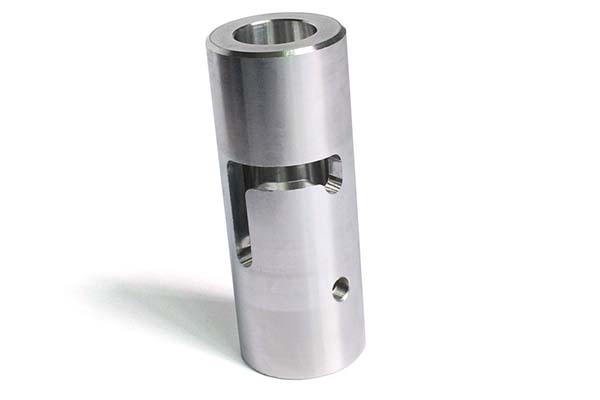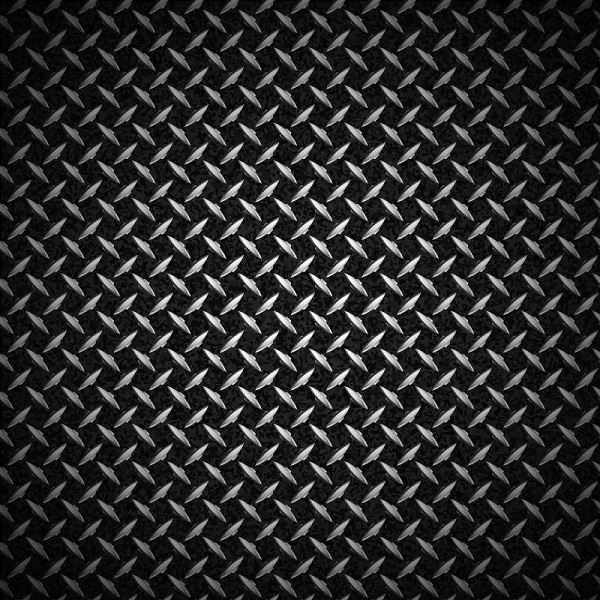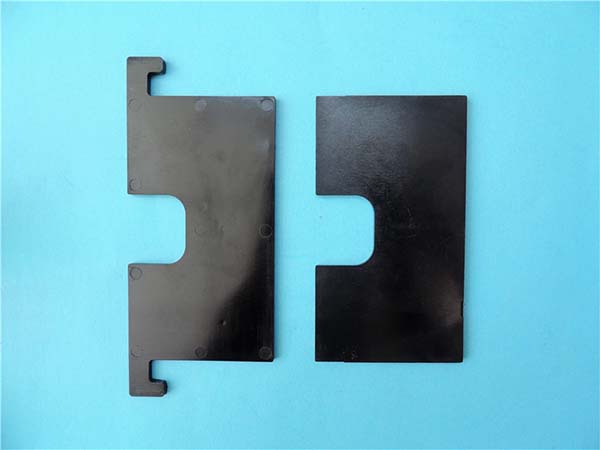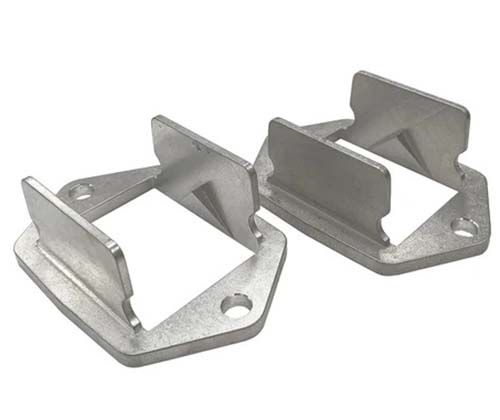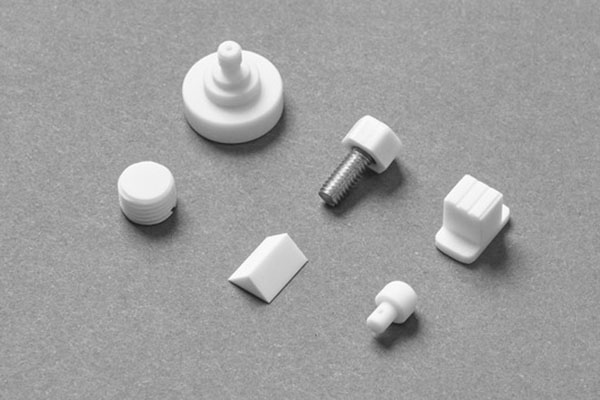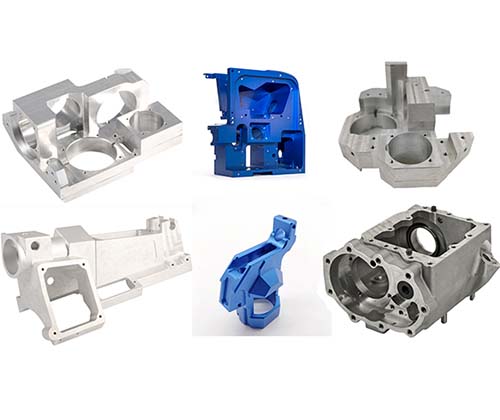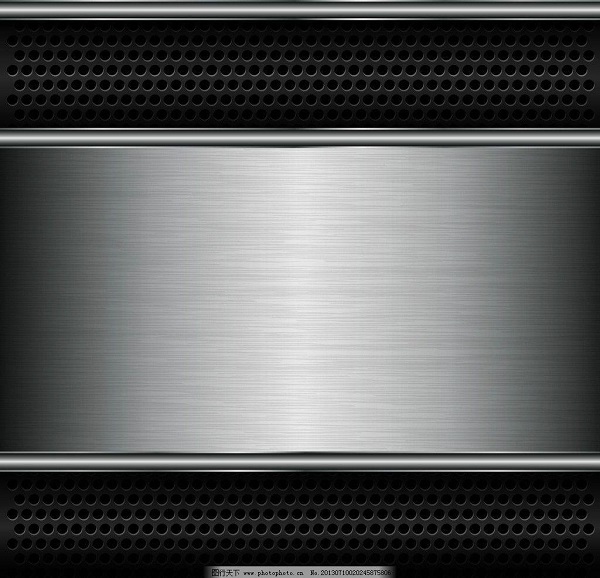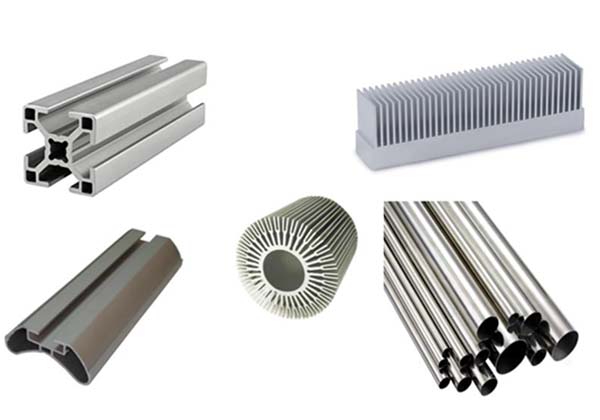Introduction
Copper sheet metal is a material that has been widely used in various industries and daily life for centuries. Its unique properties make it an ideal choice for a multitude of applications. In industries, it can be seen in electrical systems, plumbing, and automotive manufacturing. For instance, in electrical wiring, copper sheet metal is highly favored due to its excellent electrical conductivity. It allows for efficient transmission of electricity, reducing energy loss during the process. In plumbing, copper pipes made from copper sheet metal are resistant to corrosion, ensuring a long - lasting and reliable water supply system.
In daily life, copper sheet metal also plays important roles. Copper cookware, which is often made from copper sheet metal, is popular among professional chefs and cooking enthusiasts. The high thermal conductivity of copper enables even heat distribution, making it easier to control the cooking temperature precisely, whether it's for delicate sauces or searing steaks. Moreover, copper sheet metal is used in decorative arts, such as creating beautiful wall art or intricate jewelry pieces, thanks to its malleability and attractive appearance.
With its extensive applications, you may wonder: What exactly makes copper sheet metal so special? How to choose the right copper sheet metal for different needs? In this article, we will explore these questions in detail and help you gain a better understanding of copper sheet metal.
What is Copper Sheet Metal?
Definition and Basic Information
Copper sheet metal, as the name implies, refers to a flat - rolled product made of copper. It can be composed of pure copper or copper alloys. Copper sheet metal has a thickness within a certain range, usually between 0.2mm - 6mm. In the market, common sizes include widths of 1000mm, 1200mm, and lengths that can be customized according to different needs, such as 2000mm, 2500mm, etc. These standard sizes are designed to meet the general requirements of various industries, from small - scale handicraft production to large - scale industrial manufacturing. For example, in the production of small - scale copper handicrafts, smaller - sized copper sheet metal might be more suitable, while in large - scale architectural decoration projects, larger - sized sheets can reduce the number of joints and improve the overall aesthetic and construction efficiency.
Composition and Properties
Composition: Copper sheet metal can be made from pure copper, which is highly valued for its high - purity properties in some applications where maximum conductivity and corrosion resistance are required. For instance, in high - end electrical components, pure copper sheet metal ensures the best possible electrical performance. However, copper alloys are also widely used. Alloys like brass (copper - zinc alloy) and bronze (copper - tin alloy) are popular. Brass, with its golden - like appearance, not only combines the properties of copper but also has enhanced strength and machinability. It is often used in decorative applications and the production of small - scale mechanical parts. Bronze, on the other hand, is known for its excellent wear - resistance and is commonly used in the manufacturing of bearings and musical instruments.
Properties:
- High Electrical Conductivity: Copper is one of the best conductors of electricity among common metals. The electrical conductivity of pure copper is about 59.6×10^6 S/m at 20°C. This property makes copper sheet metal an ideal choice for electrical applications. In power transmission lines, using copper sheet metal can significantly reduce power loss during the transmission of electricity.
- Good Thermal Conductivity: Copper also has remarkable thermal conductivity, with a value of around 401 W/(m·K) at 20°C. In heat exchangers, copper sheet metal is used to efficiently transfer heat. For example, in the radiators of cars, copper sheets help to dissipate the heat generated by the engine quickly, ensuring the normal operation of the engine.
- Corrosion Resistance: Copper has natural corrosion - resistant properties. When exposed to the air, a thin layer of copper oxide forms on its surface, which acts as a protective film, preventing further corrosion. This is why copper sheet metal is often used in outdoor architectural decoration, such as roofing and facades, where it can withstand the test of the weather for a long time.
- Malleability and Ductility: Copper sheet metal is highly malleable and ductile. It can be easily bent, shaped, and stretched into various forms without breaking. This property makes it suitable for a wide range of manufacturing processes, from stamping to rolling. For example, in the production of copper - based jewelry, the malleability of copper sheet metal allows artisans to create intricate and delicate patterns.
Types of Copper Sheet Metal
Pure Copper Sheet Metal
Pure copper sheet metal, with a high - purity copper content, typically above 99.9%, is highly valued for its outstanding properties. One of its most prominent features is its extremely high electrical conductivity, which is crucial in applications where efficient electricity transmission is required. For example, in high - end electrical and electronic devices, such as smartphones and laptops, pure copper sheet metal is used in the circuit boards. It can quickly transfer electrical signals, ensuring the smooth operation of these devices.
In addition to its electrical conductivity, pure copper sheet metal also has excellent thermal conductivity. This makes it an ideal choice for heat - dissipating components. In high - performance computer CPUs, copper heat sinks made from pure copper sheet metal are used to absorb and dissipate the heat generated during the operation of the CPU. By doing so, it can prevent the CPU from overheating and ensure its stable performance.
Moreover, pure copper sheet metal has good corrosion resistance. Although it will gradually form a patina when exposed to the air, this patina actually serves as a protective layer, preventing further corrosion of the metal. This property allows pure copper sheet metal to be used in outdoor decorative applications, such as creating beautiful copper - clad facades for buildings, which can maintain their luster and integrity for a long time.
Copper Alloy Sheet Metal
- Brass Sheet Metal: Brass is a copper - zinc alloy. The proportion of zinc in brass can vary, usually ranging from 5% to 45%. This variation in composition leads to different properties of brass. For example, when the zinc content is relatively low (around 5% - 20%), the brass has good cold - working properties and is often used in the production of precision parts, such as screws and nuts in some high - end mechanical equipment. As the zinc content increases (20% - 45%), the brass becomes more suitable for hot - working, and it is commonly used in the manufacturing of valves and pipes in the plumbing industry due to its good corrosion resistance and formability. Brass also has an attractive golden - like appearance, making it popular in decorative applications, such as creating decorative door handles and lamp holders.
- Bronze Sheet Metal: Bronze is mainly a copper - tin alloy, with tin content typically between 5% and 12%. Bronze is well - known for its excellent wear - resistance and mechanical strength. In the manufacturing of bearings, bronze sheet metal is often used. Its wear - resistance ensures that the bearings can operate smoothly for a long time under high - load and high - friction conditions. Bronze also has unique acoustic properties, which is why it is widely used in the production of musical instruments, such as bells and cymbals. The unique sound produced by bronze musical instruments is highly valued by musicians. Additionally, bronze sheet metal has good corrosion resistance in seawater, so it is also used in marine applications, like ship propellers and fittings.
Applications of Copper Sheet Metal
In the Electrical Industry
Copper sheet metal plays a crucial role in the electrical industry. It is widely used in the manufacturing of wires, cables, transformers, and electrical connectors.
Wires and Cables: Copper's high electrical conductivity, as mentioned before (about 59.6×10^6 S/m at 20°C), makes it an ideal material for wires and cables. In power transmission, high - voltage copper cables are used to carry electricity over long distances. For example, in the national power grid, large - diameter copper cables ensure efficient power delivery from power plants to various regions. In household electrical wiring, copper wires are also the first choice. They can safely carry the electrical current required for daily appliances, such as refrigerators, televisions, and air conditioners, with minimal power loss.
Transformers: In transformers, copper sheet metal is used in the windings. The excellent electrical conductivity of copper allows for efficient transfer of electrical energy between the primary and secondary coils. This is essential for stepping up or stepping down the voltage according to the needs of different electrical systems. High - quality copper sheet metal in transformers can improve the efficiency of power transformation, reducing energy waste during the process.
Electrical Connectors: Electrical connectors made of copper sheet metal are used to establish reliable electrical connections between different components. They need to have good electrical conductivity to ensure smooth current flow and also possess certain mechanical strength to maintain a stable connection. For instance, in printed circuit boards (PCBs), copper - based connectors are used to connect electronic components like resistors, capacitors, and integrated circuits. These connectors ensure the proper functioning of the entire circuit by providing a stable electrical path.
In the Construction Industry
In the construction industry, copper sheet metal has a wide range of applications, especially in roofing, wall cladding, and rainwater systems.
Roofing: Copper sheet metal is an excellent choice for roofing materials. Its corrosion - resistant property allows it to withstand various weather conditions, such as rain, snow, and strong sunlight, for a long time. A copper - roofed building in a coastal area, for example, can resist the corrosive effects of sea - salt - laden air. Over time, copper roofs develop a unique patina, which not only adds to their aesthetic appeal but also further protects the metal from corrosion. Copper roofs are also lightweight compared to some other roofing materials like concrete tiles, reducing the load on the building structure.
Wall Cladding: Copper sheet metal is used for wall cladding to enhance the appearance of buildings. Its malleability enables it to be formed into various shapes and patterns, adding an artistic touch to the architecture. In modern commercial buildings, copper - clad facades can create a luxurious and unique look. Moreover, copper has antibacterial properties, which can be beneficial in some public buildings, such as hospitals and schools, as it helps to reduce the growth of bacteria on the surface.
Rainwater Systems: Copper is commonly used in rainwater pipes and gutters. Its corrosion resistance ensures a long - service life for these components. In a large - scale residential complex, copper rainwater systems can effectively collect and drain rainwater without the need for frequent replacements due to rust or corrosion. This not only saves maintenance costs but also contributes to the overall durability of the building's drainage system.
In the Automotive and Aerospace Industries
In the automotive and aerospace industries, copper sheet metal is used in components that require efficient heat transfer and high - strength - to - weight ratio.
Automotive Radiators: In cars, copper sheet metal is used in the construction of radiators. The high thermal conductivity of copper (around 401 W/(m·K) at 20°C) enables it to quickly transfer heat from the engine coolant to the air. This helps to keep the engine at an optimal operating temperature. For example, in high - performance cars with powerful engines that generate a large amount of heat, copper radiators can better dissipate the heat, ensuring the engine's stable performance and preventing overheating.
Aerospace Heat Exchangers: In aircraft, heat exchangers made of copper sheet metal are used to regulate the temperature of various systems, such as the engine oil cooling system and the environmental control system. In an aircraft flying at high altitudes where the temperature and pressure conditions are extreme, the heat exchanger needs to be lightweight yet highly efficient. Copper's combination of high thermal conductivity and relatively low density makes it suitable for this application. It can transfer heat effectively while adding minimal weight to the aircraft, which is crucial for fuel efficiency and flight performance.
How to Choose the Right Copper Sheet Metal?
?
Consider Your Needs
- Usage Environment: If the copper sheet metal will be used in an outdoor environment, corrosion - resistance becomes a crucial factor. For example, in coastal areas with high humidity and salt - laden air, pure copper or certain copper alloys with excellent corrosion - resistance, like bronze, would be a better choice. On the other hand, if it is for indoor electrical applications, factors such as electrical conductivity and formability might be more important.
- Performance Requirements: For electrical applications, high - conductivity pure copper sheet metal is essential. As mentioned before, its electrical conductivity of about 59.6×10^6 S/m at 20°C ensures efficient electricity transmission. In heat - transfer applications, such as radiators, the high thermal conductivity of copper (around 401 W/(m·K) at 20°C) should be a key consideration. If the application requires parts with high wear - resistance, bronze sheet metal is more suitable.
- Budget: The cost of copper sheet metal can vary depending on its type and quality. Pure copper sheet metal is generally more expensive than some copper alloys. For example, brass sheet metal, due to the relatively lower cost of zinc in its composition, is often more cost - effective for applications where the specific properties of pure copper are not strictly required, such as some decorative and general - purpose mechanical parts manufacturing.
Check the Quality
- Appearance Inspection: Examine the surface of the copper sheet metal. A high - quality copper sheet should have a smooth and uniform surface without obvious scratches, pits, or oxidation spots. For pure copper, it should have a characteristic reddish - brown luster. If it is a copper alloy like brass, it should have a consistent golden - like color.
- Hardness Test: You can use a simple hardness - testing tool to check the hardness of the copper sheet metal. Different types of copper sheet metal have specific hardness ranges. For example, pure copper is relatively softer compared to some copper alloys. If the hardness deviates significantly from the standard value, it may indicate a quality problem, such as improper alloy composition or heat - treatment issues.
- Material Certificate: Always ask the supplier for a material certificate. This certificate should provide detailed information about the chemical composition of the copper sheet metal, ensuring that it meets the required standards. For example, if you are purchasing a specific copper alloy with a certain percentage of alloying elements, the material certificate can verify that the actual composition is as specified.
Yigu Technology's View
As a non - standard plastic metal products custom supplier, Yigu Technology is well - aware of the importance of copper sheet metal in various industries. We have the expertise and advanced manufacturing equipment to provide high - quality copper sheet metal customization services. Whether you need pure copper sheet metal for high - end electrical applications or copper alloy sheet metal for specific mechanical and decorative purposes, we can meet your diverse needs. Our team of professionals will work closely with you, from the initial design concept to the final product delivery, ensuring that every detail meets your requirements. We are committed to providing not only top - notch products but also excellent customer service, helping you solve any problems related to copper sheet metal customization efficiently.

